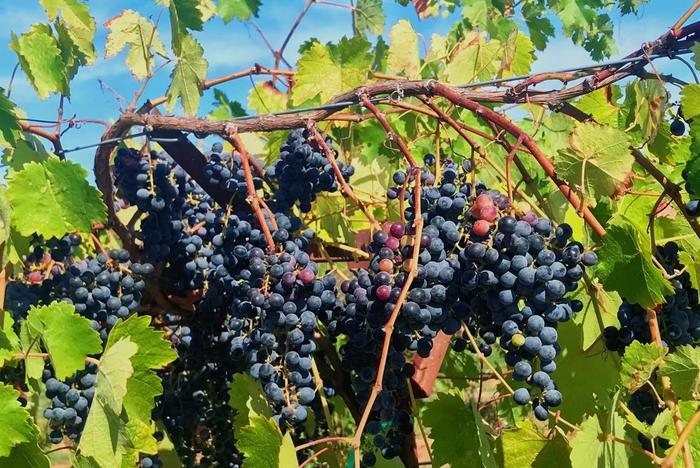The genetic history of vine cultivation has been reconstructed thanks to the DNA data of 345 varieties and an algorithm based on Artificial Intelligence: the first domestication would have taken place in the Middle East, in the so-called Fertile Crescent, and then spread throughout Europe about 3,000 years ago. In addition, the last 2,000 years have seen a continuous exchange of genes between European wild grapes and wine grapes, which have led to improved taste characteristics but also to an increase in the number of potentially harmful mutations. This is stated in the study published in the journal Pnas of the American National Academy of Sciences and led by the Chinese Academy of Agricultural Sciences, which will help select the best traits to adapt the vine to the ongoing climate crisis.
The new research, however, seems at odds with another published in the journal Science in March 2023: the analysis argued that the domestication of the vine had actually occurred with two separate and concurrent events in West Asia and the Caucasus region, on the border between Asia and Europe. Researchers led by Hua Xiao, Zhongjie Liua and Nan Wang focused in particular on the phenomenon of introgression: the permanent incorporation by the wine vine of genes belonging to other species, such as wild ones widespread in Europe. This is an important phenomenon not only for current agriculture, but also because it has shaped many other fundamental crops, such as rice and maize.
The authors of the study identified as many as 836 genetic traits that passed from European wild vines to wine vines. Surprisingly, the phenomenon has affected table grapes very little. These variants, which have improved some characteristics but which could also prove negative, are therefore the main objectives for the genetic improvement of the vine.
Reconstructed the genetic history of vine cultivation
2023-06-06T07:42:27.368Z
Highlights: The first domestication would have taken place in the Middle East, in the so-called Fertile Crescent, and then spread throughout Europe about 3,000 years ago. Researchers led by Hua Xiao, Zhongjie Liua and Nan Wang focused in particular on the phenomenon of introgression. This is the permanent incorporation by the wine vine of genes belonging to other species, such as wild ones widespread in Europe. The authors of the study identified as many as 836 genetic traits that passed from European wild vines to wine vines. Surprisingly, the phenomenon has affected table grapes very little.

The genetic history of vine cultivation has been reconstructed thanks to the DNA data of 345 varieties and an algorithm based on Artificial Intelligence: the first domestication would have taken place in the Middle East, in the so-called Fertile Crescent, and then spread throughout Europe about 3,000 years ago (ANSA)








